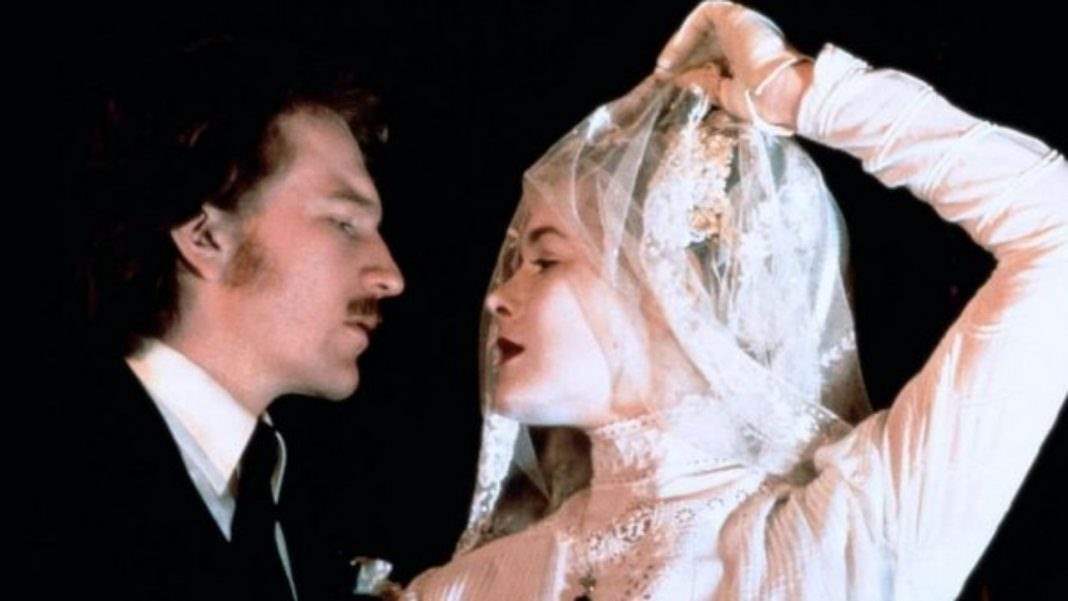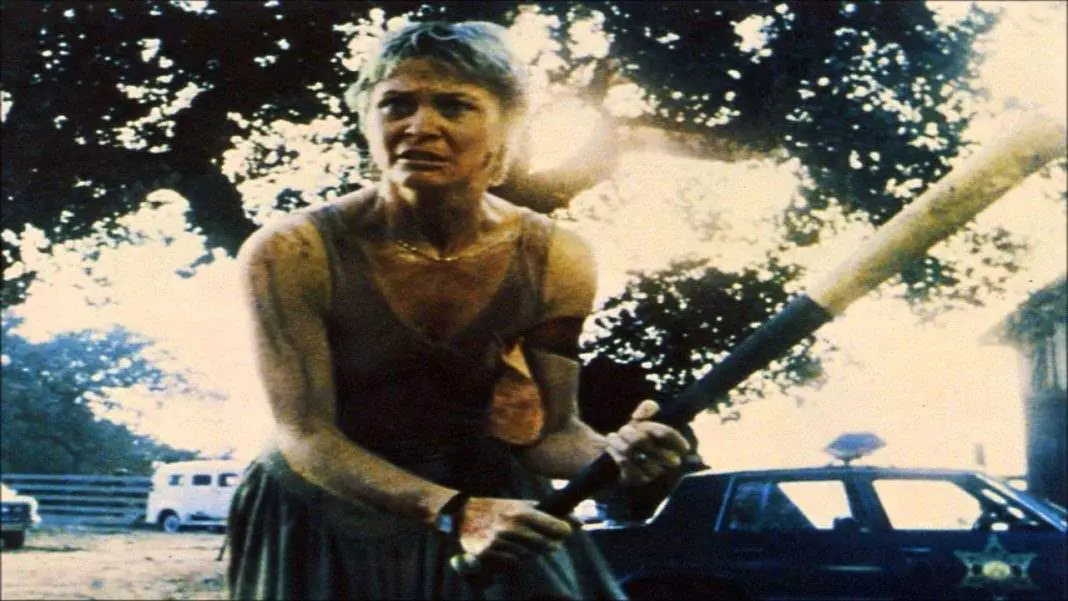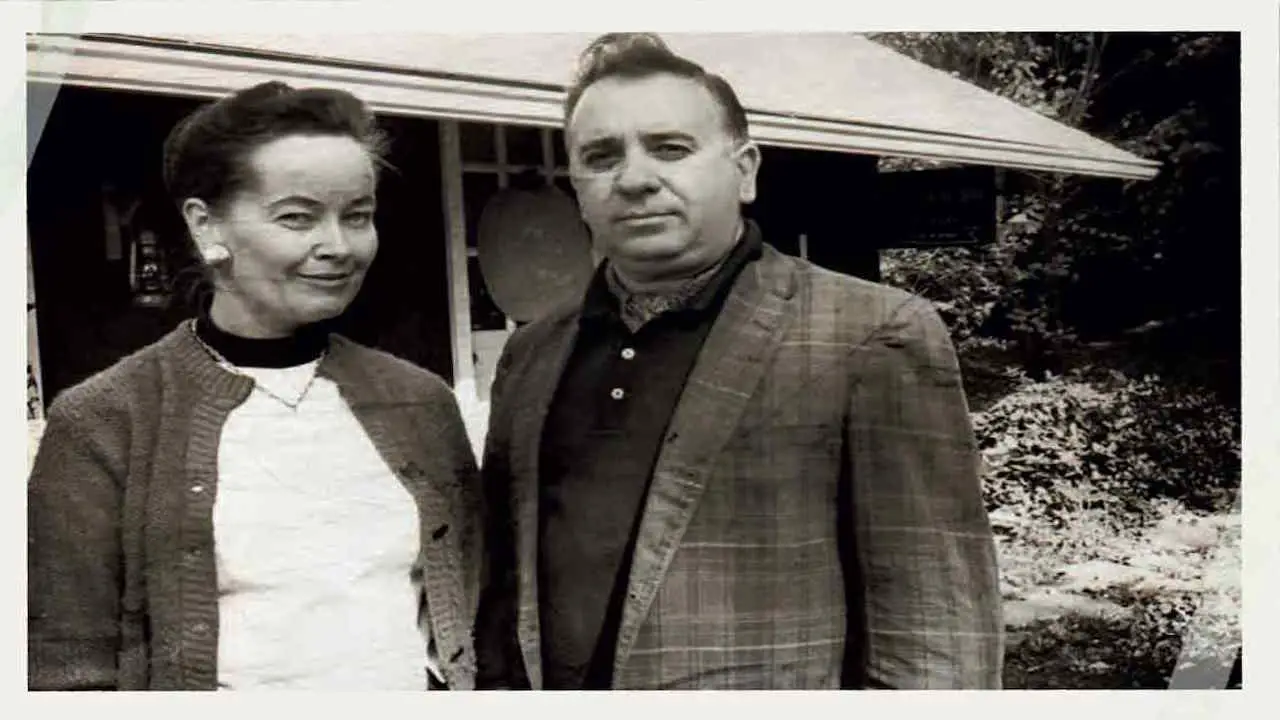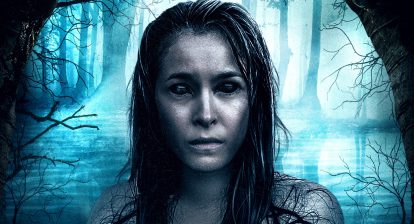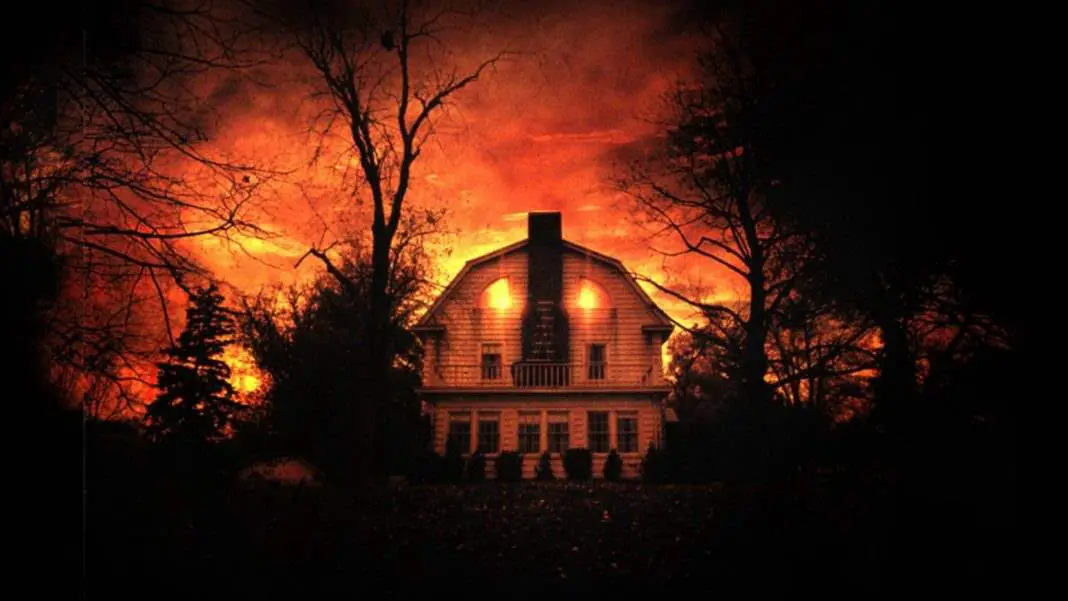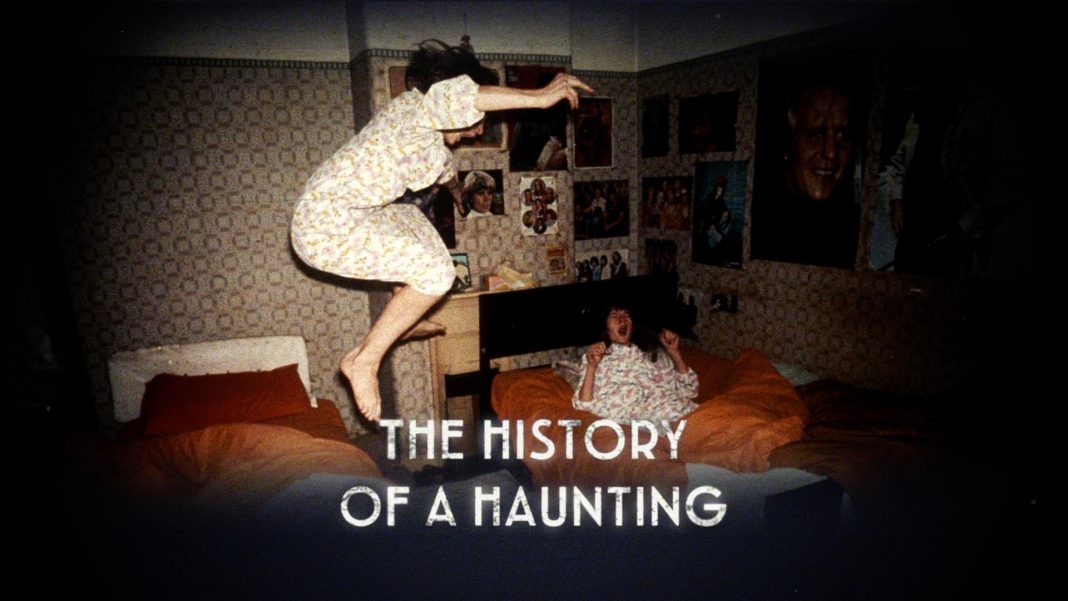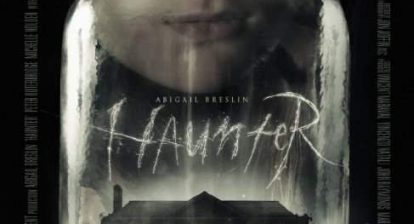Peter Straub’s Ghost Story is one of the scariest—if not the scariest—books I’ve ever read in my life. It’s a powerful, deeply character driven novel that takes a cold, hard look at small towns and their people while also packing in scare after scare. It’s one of the few books that actually made it hard for me to go to sleep after reading. So I admit that I went into the film with many preconceived notions about the story. How could I not? I’d already read it at least twice.
Admittedly, as someone coming from the preconceived notion of reading the book before watching the film, it fails a bit as an adaptation. But I think that it suffers as a film because of that. The way it goes about adapting the book doesn’t really do it any favors even when you look at it as a film on its own. The things from the novel that don’t make it into the script aren’t rewritten or reconfigured, they’re just gone. There are very few alternatives written around these plot points, so that all we’re left with is a film with several gaps in it.
I think cutting the story down and only focusing on a few key themes and telling a smaller story would have actually helped the film out a lot. Instead, it cuts out a ton of scenes and arcs and tries to keep everything else, which makes it convoluted and a little hard to follow as a viewer.

Despite the absurdity of Wasson playing two characters differentiated by a mustache, it’s a terrifically cast movie. Each actor plays their part well and, most importantly, plays to the core of who that character is within the story. Ghost Story needs a terrific cast because it’s a very emotional narrative, more than it even lets on at the beginning. These are not just old men who are terrified, but also old men with a terrible secret, and they have to be able to play that.
But it’s not just the cast that makes Ghost Story stand out. The cast isn’t what makes it something of an unseen gem, despite the flaws in the story. No, what really makes Ghost Story work is the fact that it’s terrifying.
There are two ways to effectively make a parnormal story work on film. The first is to establish mood and horror by showing nothing, leaving everything to the imagination. That’s what The Haunting did and it did it perfectly. The second way is to do what Poltergeist did and to show everything. It’s a much harder technique to pull off. Once you see something, it’s almost inherently less scary than if it had been left to the imagination.
 But Ghost Story manages to pull it off. You see every fright. Some, smartly, are just quick glimpses. But they frequently still manage to be unbelievably scary. The biggest reason that this works so well is that there’s a master like Dick Smith creating the various, increasingly unnerving forms that Alma—or Eva or whatever her name truly is—tajes on throughout the film.
But Ghost Story manages to pull it off. You see every fright. Some, smartly, are just quick glimpses. But they frequently still manage to be unbelievably scary. The biggest reason that this works so well is that there’s a master like Dick Smith creating the various, increasingly unnerving forms that Alma—or Eva or whatever her name truly is—tajes on throughout the film.
These demonic visions that the characters are subjected to are legitimately horrifying. From decaying corpses to faceless nightmares, they all look truly unnerving and I think most of them would be just as effective if they were to be used in a film today.
The effects and, on top of that, the overall scare sequences are what make Ghost Story memorable. They save it from becoming something mediocre. On top of that, you’ve got a cast of very talented actors. It’s a story about old men facing down their demons for a final time, and there’s an added weight to that, too. In the case of the elderly actors portraying the Chowder Society, it was the final film for each of them.
There’s a great atmosphere to Ghost Story as well. The New England setting is terrific but it’s especially genius that instead of summer or the traditional Autumn, Ghost Story is set in the dead of winter.
 I think one of the things that really makes Ghost Story stand out, which was thankfully kept intact from the novel, is the ultimate reveal of what is really going on. It’s such a powerful story. While Ghost Story starts off as a creeping, psychological haunt similar to The Shining it really turns out to be something closer to the paranormal equivalent of I Spit On Your Grave.
I think one of the things that really makes Ghost Story stand out, which was thankfully kept intact from the novel, is the ultimate reveal of what is really going on. It’s such a powerful story. While Ghost Story starts off as a creeping, psychological haunt similar to The Shining it really turns out to be something closer to the paranormal equivalent of I Spit On Your Grave.
These men—who we’ve all come to care for by the point at which this is revealed—did a terrible thing in their youth. They’ve lived full lives thinking they could outrun it, but they can’t. Ghost Story is about the ghosts of the past coming back to haunt us in the most literal way possible. Even with its stunning Dick Smith creations, I think that will always be its greatest strength.
